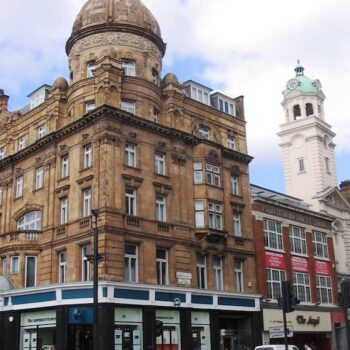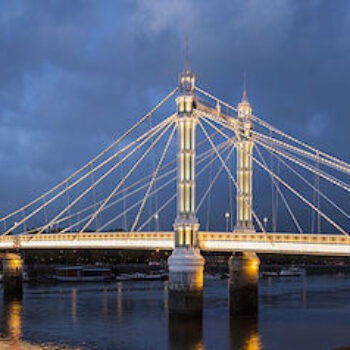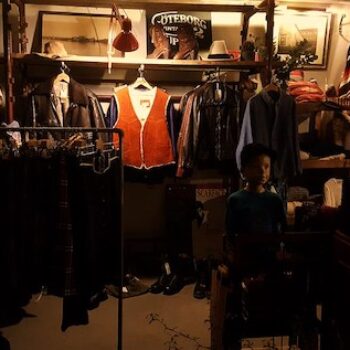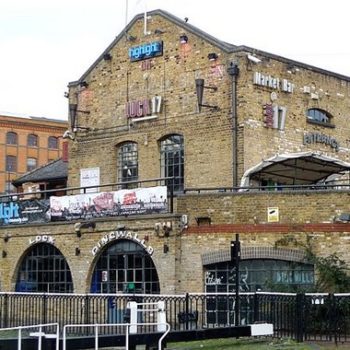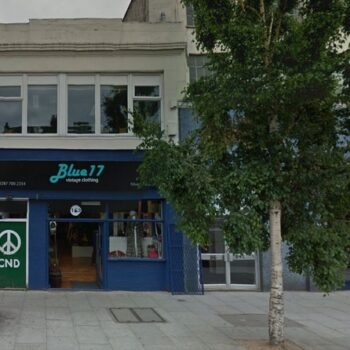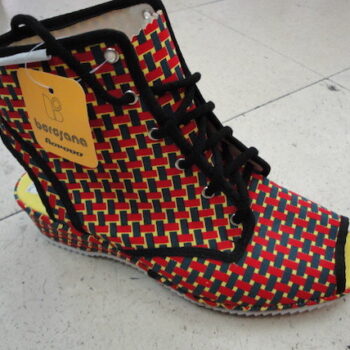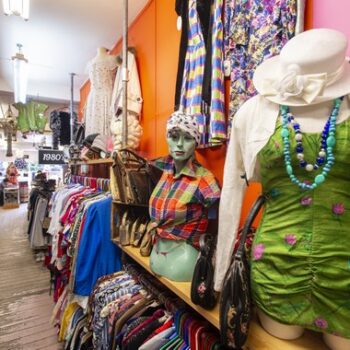Cloth recycling bins locations North London and the traditions of May Day
June 30, 2025Cloth recycling bins locations North London and how it fits into the traditions and fun of May Day. May Day in Britain is one of those gloriously contradictory celebrations we do so well—like drinking hot tea in a heatwave or wearing sequins under a raincoat. It’s equal parts ancient fertility rite and civic funfair, with a bit of socialist revolution thrown in. Think petals and placards. Garlanded children and banner-waving workers. Morris dancers clacking sticks on village greens while union leaders boom through megaphones in Trafalgar Square.
Long before the Maypole got its pastel makeover, before the May Queen smiled for selfies, the First of May was a serious seasonal switch-flip. It marked the start of summer in the old Celtic calendar—the festival of Beltaine—when bonfires were lit and everything got a bit wild. This wasn’t your cosy National Trust fête. People leapt over flames for fertility (or at least for fun), drank a lot, and slipped into the woods together. You didn’t just “celebrate” May Day. You entered into it, like a ritual or a rave.
Even in those ancient woodlands, one can’t help but think of today’s forests of polyester and synthetic lace, and wonder how many May Queen outfits now end up tossed aside. Happily, there are increasing efforts to ensure that clothes textile, North London schemes are promoting responsible disposal options. You can even dance around a maypole in something sustainably stitched.
Cloth Recycling Bins Locations North London – Medieval May Day

May Queen. Image G Jones
By the time we get to medieval England, the day had softened slightly, but the spirit was still alive and kicking—usually in clogs. People would go “a-maying,” which meant bundling off into the nearest copse before dawn to collect greenery and, if gossip is to be believed, each other. Villages would raise a Maypole—essentially a tall wooden flirtation device—and everyone would dance around it in ways that made the local priest nervous. The pole, by the way, is not subtle in its symbolism. Let’s just say it’s a tribute to upward growth.
Enter the May Queen. A vision in blossoms, she was chosen to represent the spirit of the season—fresh, flowery, and occasionally baffled about why she had to sit on a float for four hours in the drizzle. She presided over events with the calm expression of someone who’d rather be at home watching Call the Midwife. Opposite her, though rarely officially acknowledged, was the more unruly Green Man—a leafy-faced symbol of nature’s wilder instincts. You’ll find his image carved in countless medieval churches, peering from pillars as if to say, “Remember me? I’m older than all this.”
Somewhere in the middle of it all, probably next to the lemonade stand or next to the cake tent, you might spot a donation basket. And that’s where modern eco-sensibilities sneak in: charity shops often use May Day fairs to gather unwanted clothing, reminding revelers that costumes, cloaks, and floral frocks don’t have to be one-wear wonders. Better they be reused or recycled than slumped in landfill come June.
Cloth Recycling Bins Locations North London – A Practical May Day Guide
While traditions swirl and folk tunes play, the practicalities of modern life hum underneath. If you’re in need of clearing out that old May Day outfit or passing on a child’s barely-worn flower girl dress, cloth recycling bins locations North London can be a true seasonal saviour. Many boroughs provide textile recycling facilities near community centres, schools, or even at your local recycling bank. It’s a quiet ritual of its own—dropping a bag into the chute, knowing someone else may dance in it next spring.
But May Day hasn’t always been safe from reformers. In the 17th century, Oliver Cromwell and his Puritans banned maypoles altogether, labelling them “ungodly.” Apparently, dancing with ribbons was a gateway drug to eternal damnation. But when Charles II came back from exile (with curls and a taste for pageantry), he slapped up a 134-foot maypole in the Strand, just to make a point.
The 19th century, with its love of nostalgia and propriety, gave the whole thing a bit of a makeover. Out went the earthy frolicking; in came school maypole dancing, all neat pigtails and pastel frocks. A version of spring that even Queen Victoria could nod at. You were more likely to get a cucumber sandwich than a midnight rendezvous in the bushes.
Recycle Your Crinolines!
By the way, if you’re clearing out crinolines after a costume party, remember that textile recycling centres accept a wide range of garments. North London residents can check their local council websites for updated cloth recycling bins locations North London. These are often mapped alongside other household recycling options.
But the First of May had another, entirely different resurgence. From the late 1800s onwards, May Day also became International Workers’ Day—a moment of serious red-flag energy. Across Britain (and the world), workers took to the streets demanding better hours, better pay, and better lives. Trade unions adopted the day for marches and speeches. Socialist heroes were toasted. There was shouting and singing and sometimes scuffling. The irony that a pagan fertility festival had become the chosen day for collective labour solidarity was largely ignored. Or maybe it made perfect sense—both, after all, are about life, growth, and standing up for your place in the world.
Cloth Recycling Bins Locations North London – When even is it?
Today, May Day in the UK is a glorious mess. The official bank holiday now falls on the first Monday of May, so the date often wobbles. But the vibe remains: part school play, part protest, part pagan cosplay. If you’re lucky, you might stumble across a village celebration still doing it the old way. Someone’s tipsy Auntie crowned with a hawthorn wreath. And everyone tucking into snacks while trying not to trip on bunting.
Meanwhile, in cities like London, May Day is more about workers’ rights and protest culture. Red flags still wave in Clerkenwell. Socialist groups, anarchists, and union members gather for speeches in public squares. There are usually more slogans than maypoles, and the flower crowns have been swapped for megaphones. But there’s a link: a belief that things can change, that seasons turn, that new life can push up through the cracks.
And let’s not forget the May Day wardrobe: boots for the protestors, gauzy dresses for the dancers. Somewhere between the barricades and the bunting lies a small but crucial act—donating what you don’t need. Whether it’s to a recycling centre, a local clothing bank, or straight into one of the cloth recycling bins locations North London so helpfully maintains, there’s something satisfying about letting your garments keep moving, just like the seasons.




